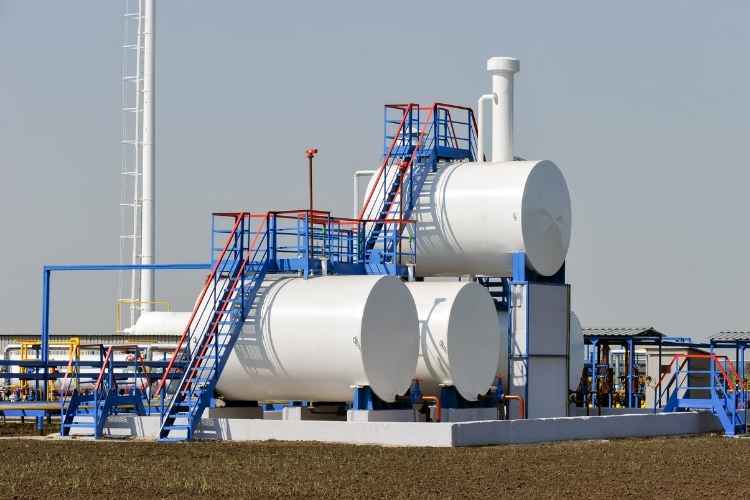Self-bunded tanks are an excellent choice for onsite refueling. Aside from being strong and secure, they can also withstand harsh weather conditions such as heavy rainfall, storms, snow, and hurricanes. Moreover, these tanks are also environmentally safe. Shopping for these tanks is not an easy task. The numerous options in the Australian market makes finding the best one complex and overwhelming. To make your shopping experience easier, we have gathered the following checklist to guide you when looking for fuel storage tanks for sale.
Determining Your Fuel Needs
Your fuel consumption is the primary factor of consideration surrounding the choice of a self-bunded fuel tank. Consumption depends on the number of equipment and cars, the amount of fuel needed by these cars and equipment, the number of fuel storage tanks available on the site, and the duration of the operations. It is undeniable that larger fuel tanks provide higher bulk storage compared to smaller ones. While it may be tempting to go for these bigger tanks with a bigger storage capacity, you should also remember that leaving fuel standing in these tanks for too long may attract microbes. In the end, it becomes vulnerable to contamination. In such occurrences, the equipment may either fail or become faulty. The secret is finding a balance between storing enough fuel. Storing too little may result in inconveniences during the operations while storing too much may result in significant losses.
When determining the size of your fuel storage tank, it is also useful to put in mind the standard sizes of the delivery semi-trailers. If the delivery tanks can carry 35,000 liters, your onsite storage tanks should hold at least 55,000 liters for economic purposes. Doing so allows you to maximize the purchasing power anytime you receive a full semi-trailer during delivery.
Acquiring the Necessary Dispensing Equipment
The type of equipment you plan to refuel influences the type of pumping and dispensing equipment required. For instance, you should understand how the tank will be used. This knowledge and understanding are essential when determining the features of your desired fuel tank. Some of the common factors to put into considerations include whether you require heavy or light vehicle refueling. Besides, you should also determine whether or not you need a truck unloading pump. It is also advisable to put in mind the benefits of using the load arms as they are excellent for increasing the flow rates while minimizing the manual handling risks.
Examining the Need for Additional Fuel Tank Upgrades
Like most other products in the market, fuel tanks have also encountered immense upgrades to help them better over the years. Customers are free to include as many additional features as they can to ensure that these tanks meet their needs. Some of these features include RFIP trackers and fuel management systems. The manufacturers and installers of these tanks offer a range of software packages and hardware which you can choose to enhance the security and control over your bulk fuel facilities. The selected systems are also useful in planning, monitoring, and promoting better fuel consumption on-site. Before selecting any of these additional features, you should consult with the tank manufacturer to understand more about each of the upgrades and features. In the end, it is easier to know which ones best suit your needs.
Understand and Respect Your Unique Concerns in Fuel Handling
Every site is unique. The uniqueness brings along different challenges which influence your choice of fuel storage tanks. Some of these challenges may include space limitations, severe weather conditions such as cyclone-risk areas, and higher vulnerability to fuel theft. It is advisable to study your site and determine all the possible unique challenges. Only then can you find the perfect solution when selecting the fuel storage tanks. Talking to your manufacturer about the existing concerns should also help them to consider the solutions during the manufacturing and delivery processes.
State or Local Regulations
Regulations that govern your onsite fuel storage tanks, their manufacture, delivery, and installation vary from one state or location to another. It would be helpful if you took the time to understand all regulations that affect your project before its resumption. With proper guidance, you should reap maximum benefits from the investment while mitigating the risks involved. Besides, you should also confirm with the manufacturer that the tanks meet all the relevant standards and compliance with both safety and environmental legislation.
Benefits of Investing in Fuel Tanks
There are many benefits associated with self-bunded fuel storage tanks. They include:
- Easy installation and low maintenance
- Convenient and relocatable
- Add-ons for security and fuel management
- Minimal initial outlay
- Free consultancy services
Takeaway
Choosing and purchasing bunded fuel tanks is not an easy task. It requires research and patience to find suitable solutions. They are also profitable investments if you adhere to the above guidelines and remain compliant to the regulations involved.
